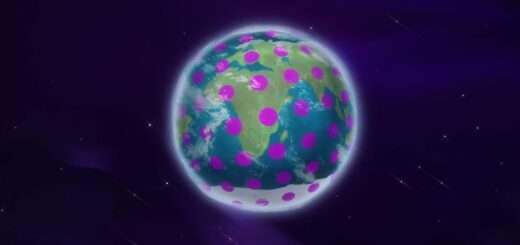Beyond Earth: Exploring the Habitable Zones of Other Planets
Beyond Earth: Exploring the Habitable Zones of Other Planets
As humans continue to explore the vast reaches of outer space, one of the most exciting prospects is the possibility of finding other planets that could potentially support life. Scientists have long been intrigued by the concept of habitable zones – regions around a star where conditions are just right for liquid water to exist on the surface of a planet. And with recent advancements in technology, researchers are now able to detect exoplanets in these habitable zones and study them in greater detail than ever before.
The search for habitable exoplanets is a key focus of NASA’s Kepler space telescope, which has discovered thousands of potential candidates since its launch in 2009. These exoplanets come in all shapes and sizes, from rocky planets like Earth to gas giants like Jupiter. But the most intriguing ones are those that fall within the habitable zones of their host stars – where the conditions for life as we know it could potentially exist.
One such exoplanet that has captured the attention of scientists is Proxima Centauri b, which orbits the nearest star to our solar system, Proxima Centauri. This rocky planet is located in the habitable zone of its star, making it a prime candidate for further study. Researchers believe that Proxima Centauri b could have a rocky surface and possibly even liquid water, making it a tantalizing target for future missions.
But Proxima Centauri b is just one of many exoplanets that have been discovered in recent years. The TRAPPIST-1 system, for example, contains seven Earth-sized planets, three of which are located in the habitable zone of their star. This discovery has raised hopes that at least some of these planets could harbor life, and scientists are now working to determine the composition of their atmospheres and surfaces.
In addition to searching for habitable exoplanets, scientists are also studying the potential for life on moons within our own solar system. For example, Europa, one of Jupiter’s moons, is believed to have a subsurface ocean that could potentially support microbial life. NASA’s upcoming Europa Clipper mission aims to study this moon in greater detail, with the hope of uncovering evidence of life beyond Earth.
As our technology continues to improve, the search for habitable exoplanets is only likely to intensify. With the launch of new telescopes like the James Webb Space Telescope, scientists will have even greater capabilities to study these distant worlds and potentially detect signs of life. And while the discovery of a truly habitable exoplanet may still be years away, the prospect of finding another Earth-like world is an exciting one that could forever change our understanding of the universe.
In conclusion, the exploration of habitable zones on other planets is a crucial step in our quest to find life beyond Earth. With the discovery of new exoplanets and advancements in technology, we are getting closer than ever to uncovering the secrets of these distant worlds. And while the search may be challenging, the potential rewards are immense – a glimpse into the possibility of life existing beyond our own planet.













